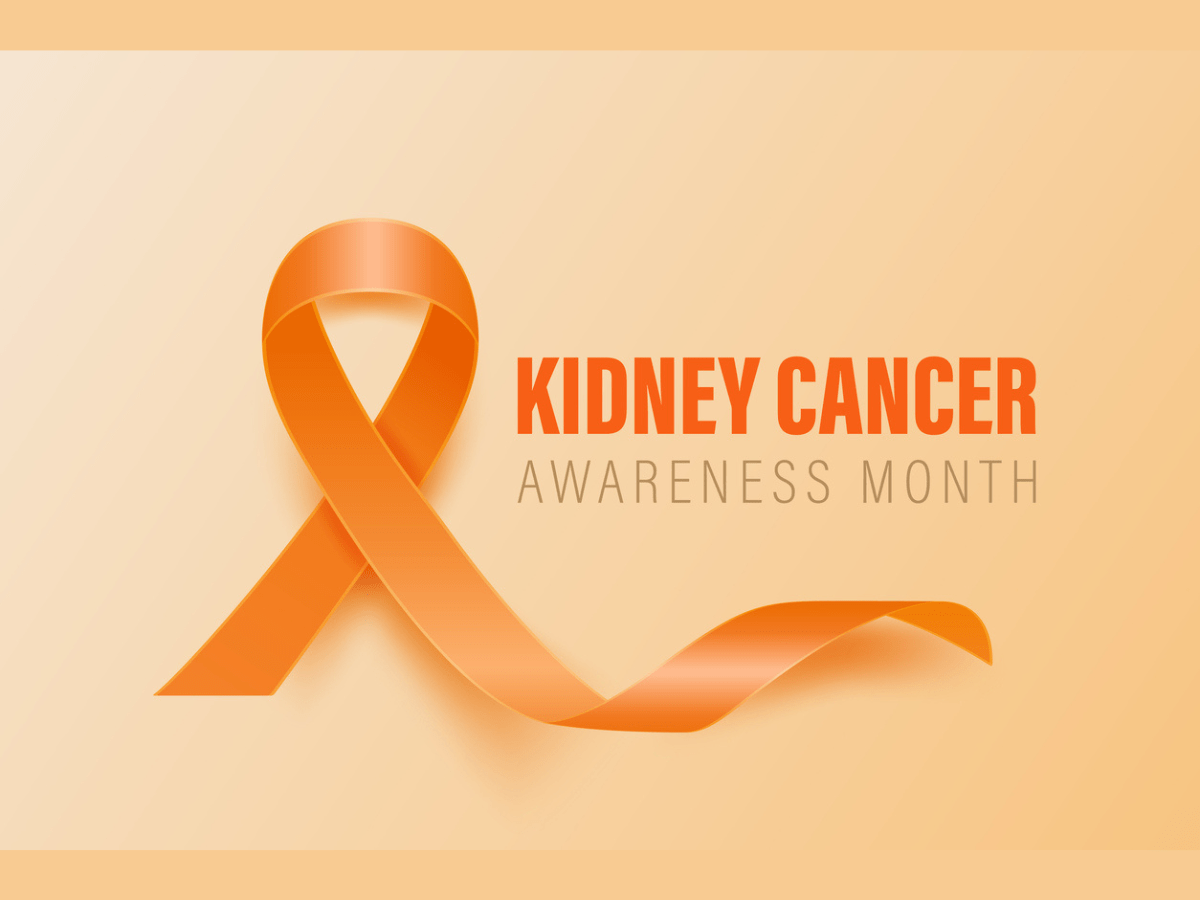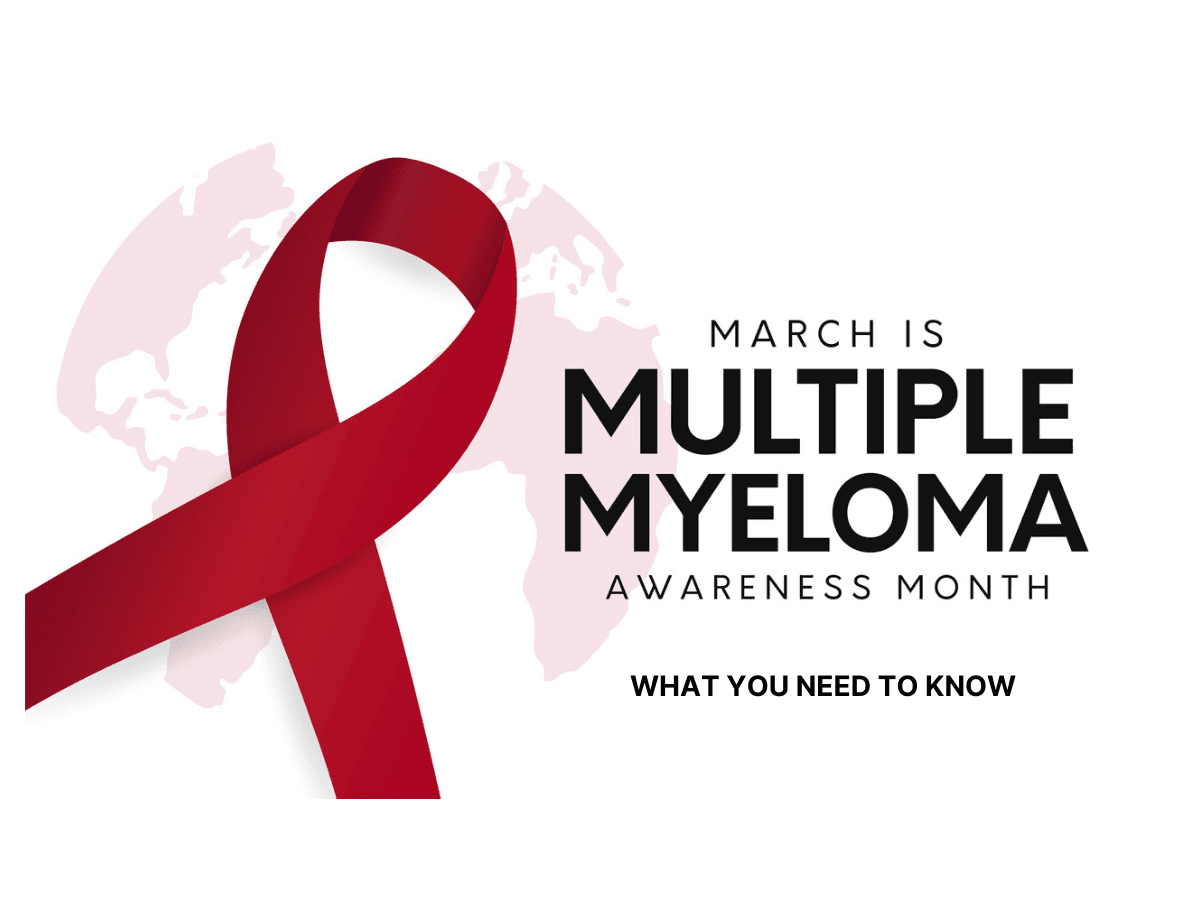
From Glamor to Reality: How Tobacco Fuels the Lung Cancer Epidemic
2025-04-01
AN AUTHORITATIVE RESOURCE FOR EVERYTHING ABOUT CANCER

By: Zhiting Tang1, Lei Deng2
1. Unity Hospital, Rochester Regional Health, Rochester, NY
2. University of Washington/Fred Hutch Cancer Center, Seattle, WA
LAURA: A randomized, double-blind, Phase III study of chemoradiation followed by osimertinib versus placebo for unresectable stage III EGFR mutated NSCLC
June 2, 2024
Key points:
For unresectable stage III NSCLC, current standard therapy is CRT followed by durvalumab in patients without actionable driver mutations based on PACIFIC trial(1). The benefit of durvalumab in EGFRm NSCLC is uncertain based on post-hoc subgroup analysis(2).
The result of LAURA trial was presented at the 2024 ASCO meeting in Chicago(3). This randomized, double-blind, placebo controlled, global phase III trial, randomized 216 patients with unresectable stage III NSCLC with EGFR exon 19 deletion or EGFR L858R mutation. Patients were randomized in a 2:1 ratio to 6 weeks of definite concurrent platinum-based CRT followed by either placebo or osimertinib 80 mg daily tables until disease progression, unacceptable toxicity or other discontinuation criteria were met. The placebo arm also receives osimertinib upon disease progression. The trial’s primary endpoint is PFS.
In this prespecified interim analysis, 143 patients and 73 patients were randomized to receive osimertinib or placebo, respectively. Median PFS was 39.1 months in osimertinib arm and 5.6 months in placebo arm (Hazard ratio (HR) 0.16, CI 0.10-0.24, p<0.001). Interim analysis of overall survival is not statistically significant but shows a favorable result towards osimertinib arm (HR 0.81, CI 0.42-1.56, p=0.530). Of note, 8% patients in osimertinib group developed new brain lesion versus 29% in placebo group.
Giving the compelling PFS improvement and CNS protecting effect, osimertinib after concurrent CRT should be considered as a new standard of care for patients with unresectable EGFRm stage III NSCLC.
1. Antonia SJ, Villegas A, Daniel D, Vicente D, Murakami S, Hui R, et al. Overall Survival with Durvalumab after Chemoradiotherapy in Stage III NSCLC. N Engl J Med. 2018;379(24):2342-50.
2. Naidoo J, Antonia S, Wu YL, Cho BC, Thiyagarajah P, Mann H, et al. Brief Report: Durvalumab After Chemoradiotherapy in Unresectable Stage III EGFR-Mutant NSCLC: A Post Hoc Subgroup Analysis From PACIFIC. J Thorac Oncol. 2023;18(5):657-63.
3. Suresh S. Ramalingam TK, et al. Osimertinib (osi) after definitive chemoradiotherapy (CRT) in patients (pts) with unresectable stage (stg) III epidermal growth factor receptor-mutated (EGFRm) NSCLC: Primary results of the phase 3 LAURA study. ASCO 2024.

2025-03-14

2025-04-01

2025-03-21
Share Article